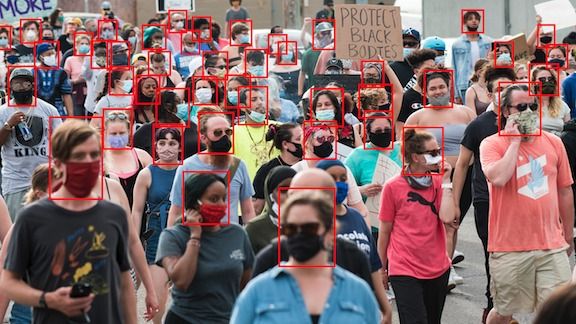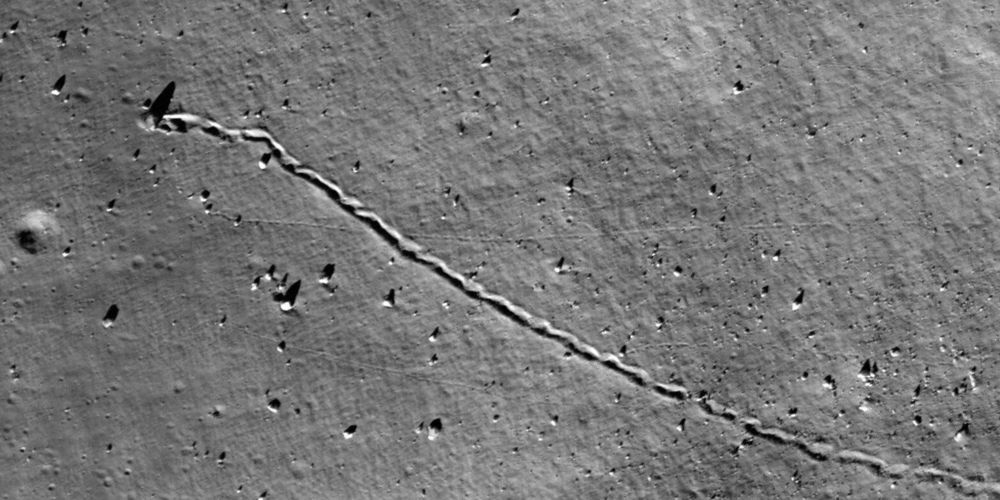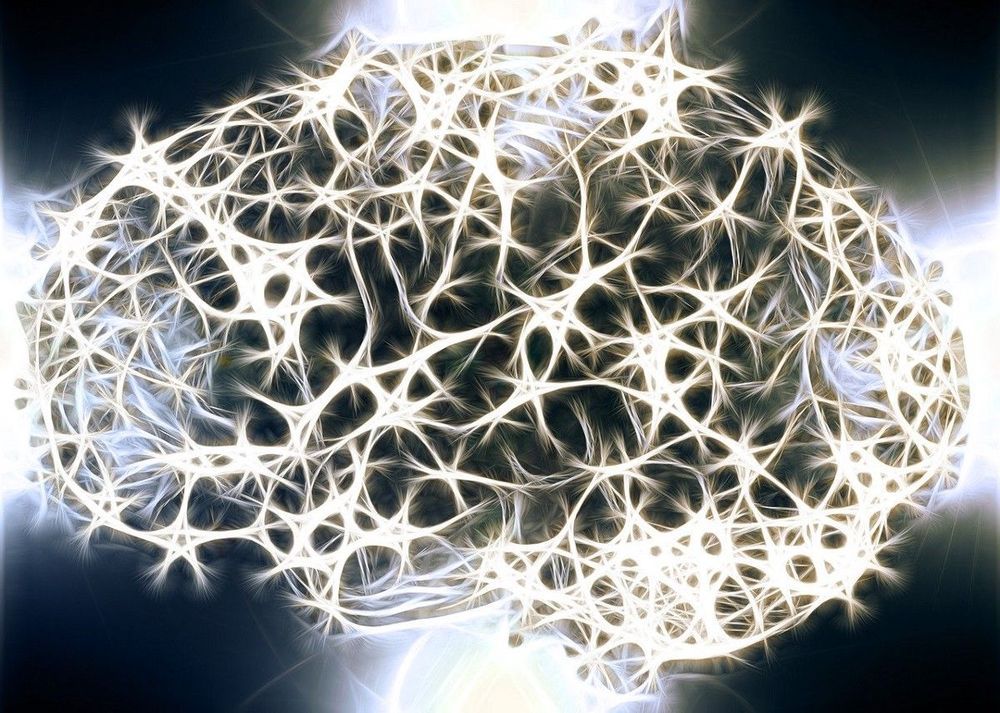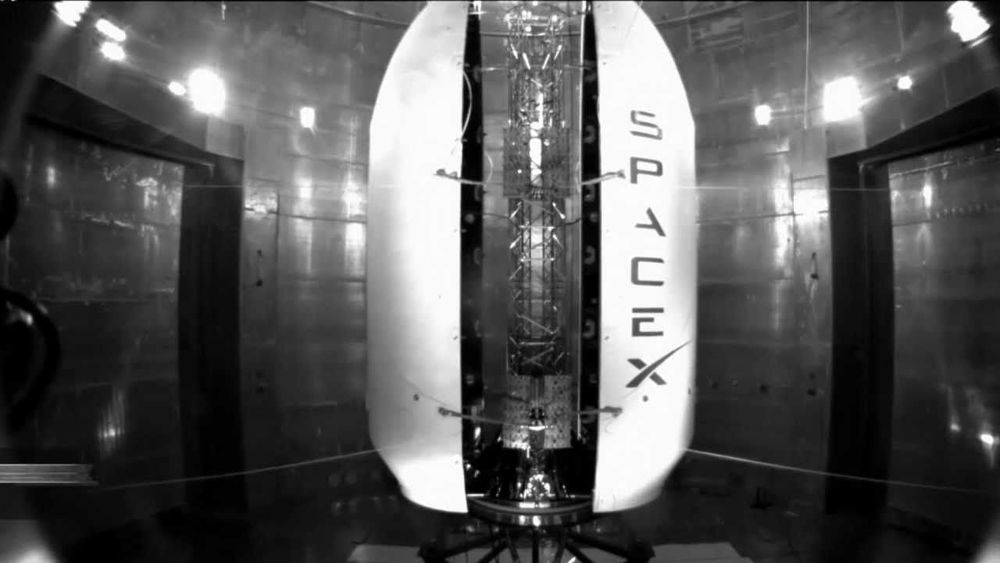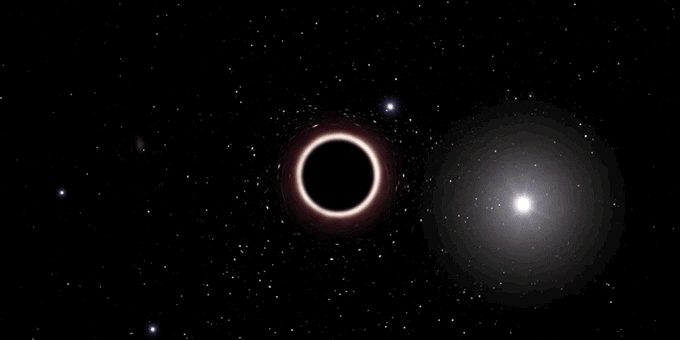Jun 11, 2020
The Batch: AI’s Progress Problem, Recognizing Masked Faces, Mapping Underwater Ecosystems, Augmenting Features
Posted by Genevieve Klien in categories: economics, mapping, robotics/AI
Last week, I wrote about the diversity problem in AI and why we need to fix it. I asked you to tell us about your experiences as a Black person in AI or share the names of Black colleagues you admire. Thank you to everyone who responded. It was heart-warming to hear from so many of you.
Many of you shared your frustration with the lack of mentors who understand your challenges, the alienation of being the only Black face at professional meetings, and the struggle to overcome economic and social inequalities. Black women, especially, wrote about the difficulties of building a career in AI. Some of you described your efforts to support Black people in science and technology and provide tech resources to underserved communities. Thank you for sharing with us your dreams and also your disappointments.
We will feature some of your stories in our Working AI blog series. Please stay tuned.
